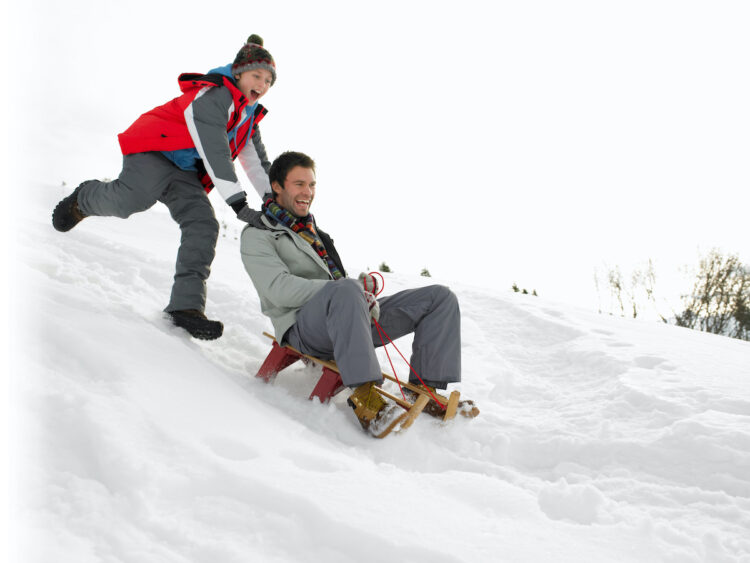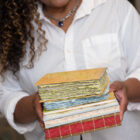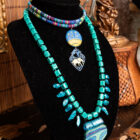In the Spotlight
Toboggan
By Gloria Loitz
January, 2023
Thrills on Hills
For local toboggan fans, going downhill is a good thing.
Even after riding the waves of a pandemic the past couple of winters, tobogganing continued to be a breath of fresh air and a safe alternative to the indoor coop.

When the Covid virus was still blaring alarming headlines, doctors recommended tobogganing as a great way to get some exercise to get people’s minds off the health scare, as long as they followed medical guidelines. Physicians added that hitting the slopes was another way to lower stress, as adrenaline releases endorphins that can act as a natural mood boost.
Compared to other winter activities like skiing and hockey, toboggan facilities didn’t need to be more than a hill accessibly by foot, vehicle or public transit. What’s more, the gravitational adrenaline rush is pretty much open to anyone of all ages, differing athletic abilities, and budget. Those unable to invest in a sled or toboggan found that the flattened remnants of a cardboard box would do quite nicely. All that is left to guarantee a smooth cruise is to be equipped with the know-how to safely ride down those snow-covered hills.
Still, tobogganing isn’t without risk. In 2021, Alberta Health Services reported that 380 injuries requiring hospitalization were attributable to tobogganing and sledding, nearly double the 246 incidents cited the previous winter. AHS attributed the spike to quarantines compelling more and more families to take to the slopes after municipal and provincial governments shut down public and private recreation facilities in the interests of public safety during the pandemic.
According to the Injury Prevention Centre of Alberta, 48 percent of sledding injuries occur from falling off a sled, 21 percent from striking a tree, 17 percent from hitting another person and 14 percent from colliding with other objects. The majority of cases involved arm and leg injuries suffered by kids 5-12. But among more extreme cases, roughly 10 percent of documented tobogganing injuries included concussion diagnoses, as roughly half of the patients seen in emergency departments wore a helmet when on a sled or toboggan.
Many of these injuries are preventable by ensuring children wear helmets, checking the run for obstacles including trees and utility poles, and inspecting the end run to ensure sledders and tobogganists avoid careening into roads or parking lots. More brazen head-first or belly-flop practitioners are more vulnerable to injury; the IPC recommends sitting or kneeling while in riding mode for more control and a better chance of leaping out of the way of an impending obstacle.
Injuries might have also been a going concern for centuries among Canada’s aboriginal people, although historical records haven’t really been forthcoming about the issue. Back then, they considered toboggans as more as a tool to winter survival, using them to haul game and move camp. The Inuit carved whalebones to create their sleds, often pulled by dog teams. The eastern Mi’kmaq used chest harnesses to pull their own sleds made from birch or animal skins.
And while the Mi’kmaq are credited with coining the word “tobâkun” as a name for their cargo carrier, early 19th-century French Canadian settlers adopted the moniker, calling it “tobaganne,” until more Anglo folks eventually altered it to “toboggan.” It was by this time that European settlers discovered the recreational possibilities of the toboggan, which became an immensely popular winter pastime.
Running rampant with mood-enhancing and health-boosting benefits, it should be no surprise that tobogganing has stood the test of time and regaled many families with visions of hitting the hills. It’s a simple, classic family-friendly sport to − even if briefly − slide all your worries away. t8n
Toboggan runs in St. Albert
While you’ll find a few hills around the city that are good for short runs, most outdoor enthusiasts prefer to hit the bigger slopes at two prime sledding and tobogganing locations.
By far, the most popular attraction is Seven Hills (4 St. Vital Ave.), in Mission Park, across the road from Father Lacombe Chapel. The vertical drop from the top is roughly 50 metres, providing plenty of opportunity for a high-velocity trip down the slope and an energy-burning return back up to try it again. On some runs, a few contoured attractions add an extra element of adventure to the toboggan experience that momentarily has enthusiasts cruising on nothing but air.
More cautious families bringing younger children might want to try Liberton Hill on Liberton Drive, roughly a block south of Lennox Drive. There, three runs are available for folks, including one deemed safe for youngsters.













